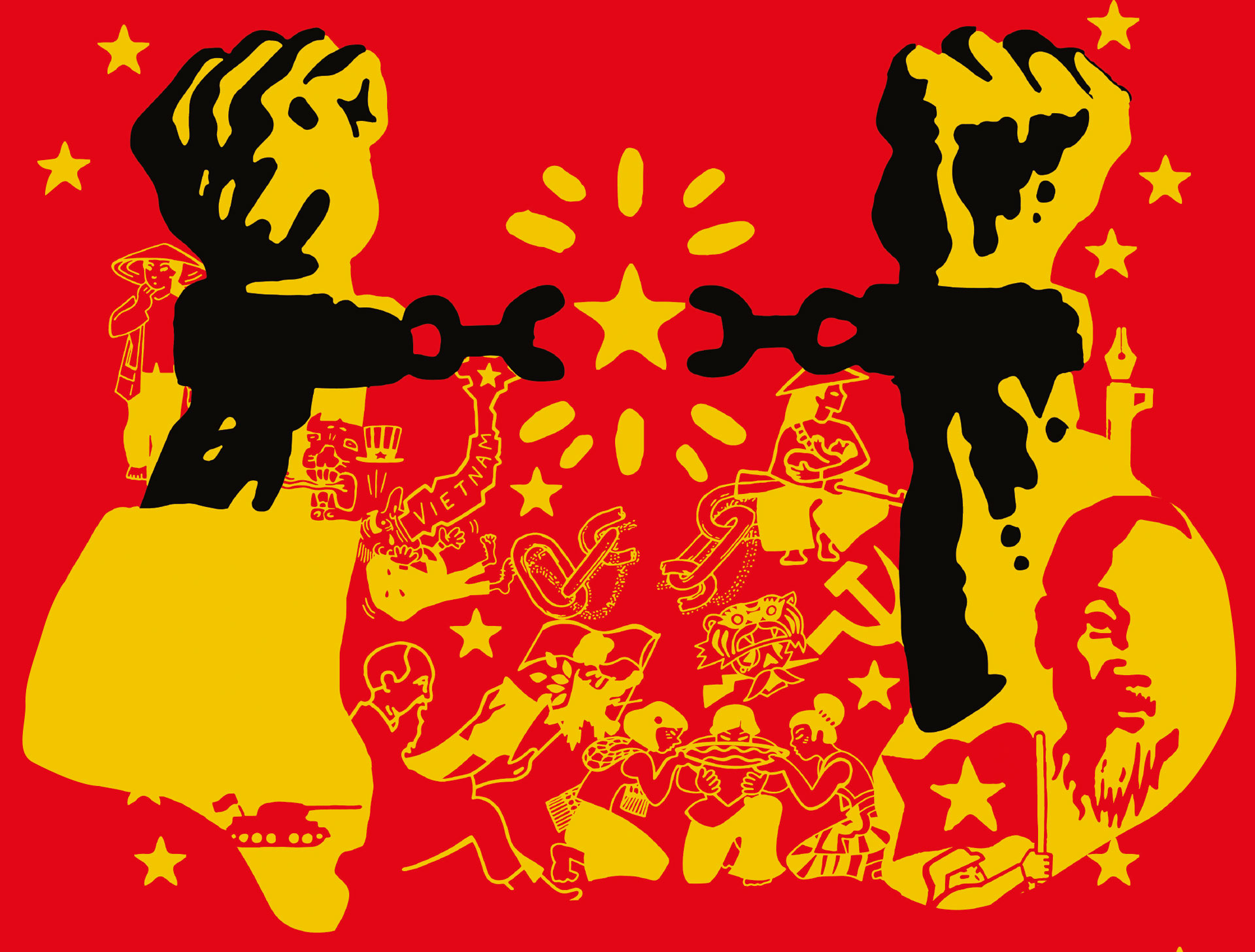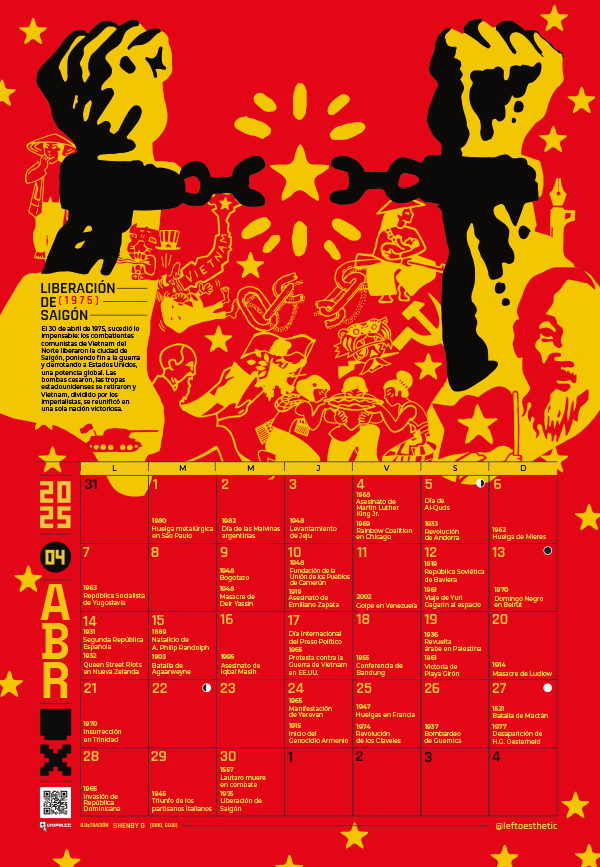ESP – ENG

On April 30, 1975, North Vietnamese communist fighters liberated the city of Saigon, an event that marked the end of the protracted and devastating Vietnam War (1955-1975). The victory of the Viet Cong also meant the military and moral defeat of the United States, which supported the South Vietnamese regime.
It is estimated that between 2 and 3 million Vietnamese (soldiers and civilians) died during the war, which also claimed the lives of some 58,000 US soldiers.
The fall of Saigon was a watershed moment. The bombs, which had rumbled for years, finally stopped. US troops withdrew, but left behind indelible traces of crimes against humanity, including the March 1968 My Lai Massacre.
The withdrawal, moreover, was chaotic and the scenes of aerial evacuations became symbols of American failure.
Vietnam, which had been divided in two since the 1954 Geneva Conference, was reunified as one victorious nation. This triumph represented not only the victory of the northern communists, led by the Communist Party of Vietnam, but also the desire of a people who longed for peace and unity after years of suffering and war. Reunification spurred the reconstruction of a country torn apart by conflict and foreign intervention.
The fall of Saigon reverberated not only in Vietnam, but globally. US military involvement in Vietnam was repudiated while its defeat sent a message to the world: the American empire was not indestructible and popular unity could triumph over external enemies.

Click here to download the printable version of the calendar and hang it on your wall.
Text: Andreína Chávez. Illustration: shenby g.